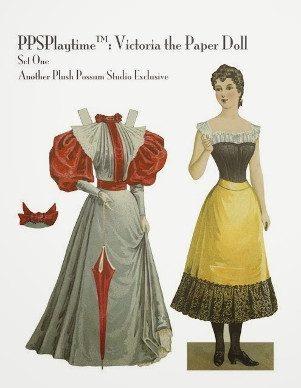Bluebella Cut Out Dolly
CUT OUT AND KEEP
#LittleLifts
So you’ve painted your nails, organised your bookshelves in pleasing colour combinations and started your own semi-industrial bread production line in your kitchen. You may even have printed out the Bluebella colouring book, with some of our gorgeous designs adapted into illustrations. Lockdown is unleashing some serious artistry, and here at Bluebella we’ve got another creative concept to help you pass the time and give you a #LittleLift.
Say hello to Blue and Bella, your newest and most fashionable lockdown companions. In the spirit of retro chic, we have reinvented the classic paper dolly for you to cut, style and display in your home and on your social media. With three outfits to choose from, Blue and Bella have been created in collaboration with one of our favourite artists Bok Goodall, whose stunning illustrations capture the unique confidence and charm of the Bluebella woman.
Download your paper dolly here
HISTORY OF THE PAPER DOLL
In the spirit of home-schooling, we thought we’d write up a light history of the paper dolly – a more nuanced figure than you might think. From children’s plaything to high fashion touchstone to queer symbol, the paper doll offers a unique insight into the changing styles and cultures of society.
The oldest known paper doll card was printed around 1650 in Southern Germany, but the practise of styling people and clothing out of paper has been around for hundreds, perhaps thousands, of years – as long as there has been paper, there have been paper dolls.
Used for advertising and moralising, paper dolls were initially intended as a reinforcement of cultural beliefs regarding ideal womanhood. The first mass produced paper doll was created in 1810 in London, and the figure and clothing combined with a narrative to tell the tale of a vain girl who runs away from home when she isn’t allowed to wear her favourite dress. Fair enough, you might think.
All sorts of misfortune ensues, until the girl makes her way back up the social ladder in a successive upgrade of paper outfits. She is eventually reunited with her family, having learned the important lesson that the only things that stand between a woman and her downfall are obedience and modesty ✌️
A classic bit of pre-Victorian moralising, the issue with this 1810 offering is that the story attempted to encourage little girls not to be vain and care about clothes…through a story that was told by dressing a doll in different outfits. In truth, the paper doll symbolises the fun and storytelling inherent in fashion, with plenty of room for creativity and – whisper it – breaking the rules.
As time went on paper dolls began to reflect the increasing social and economic possibilities for women, even appearing during the Second World War with uniformed options. This diversifying of the clothing lead to even more opportunity for creativity and subversion – a dress could be paired with military boots, a pilot’s boiler suit with a floral hat. Very high fashion, very 2020.
You could even cross-dress your dolls, creating elaborate gowns for male figures or sleek tuxedos for women. This inventive freedom, and the fact that these literally paper-thin creations could be stashed away from disapproving parents, made paper dolls popular amongst queer communities as an accessible way to explore and express gender.
Paper dolls were instrumental in the childhood of
David Wolfe, who went on to become one of the most successful fashion illustrators and trend forecasters of the late 20th Century. A section of his website is called Paperdollywood, with iconic women from Veronica Lake to Michelle Obama rendered beautifully in paper doll form.
HAUTE CUT-URE
Of course, the playful changeability of the paper doll appeals as much to high fashion houses as it does to anyone else, as evidenced by these beautiful water-coloured Louis Vuitton dolls. And in a chic twist the fashion maverick Jeremy Scott brought models out in 2016 wearing dresses complete with foldable tabs for Moschino.
Social subversion and high fashion? Now that’s a combination we can get on board with.


















